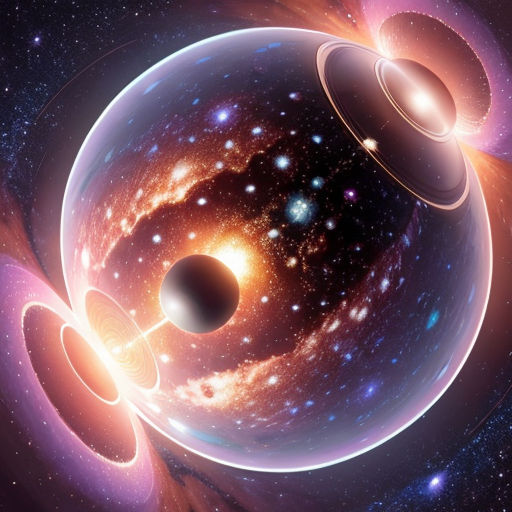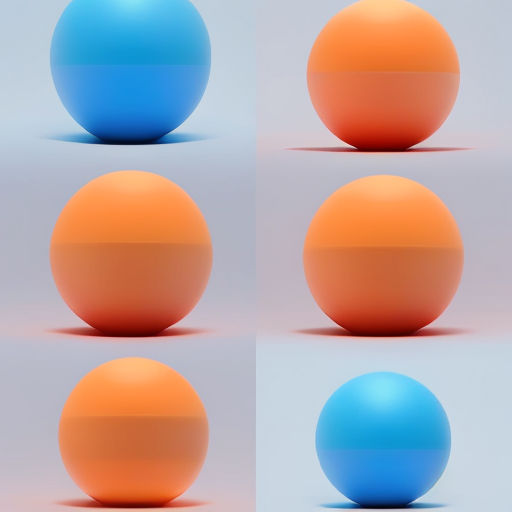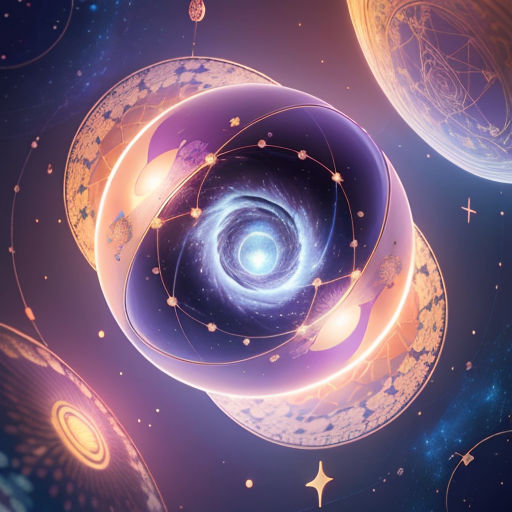
The Mysterious Journey of the Poincaré Conjecture
By 小冰

05 Jul, 2023

Welcome to the second volume of the marvelous world of mathematics! Our journey today takes us into the heart of one of the most elusive mathematical concepts ever known – the Poincaré Conjecture. Named after the French mathematician Henri Poincaré, who first proposed it in 1904, this conjecture has puzzled mathematicians for over a century.

The Poincaré Conjecture is related to the study of three-dimensional shapes called manifolds. A manifold, in simple terms, is a shape that looks like a sphere or a donut or their three-dimensional versions.

Poincaré conjectured that any simply connected, closed three-dimensional manifold is homeomorphic to the three-dimensional sphere. In simpler terms, it means that if a three-dimensional shape doesn't have any holes and can be stretched without tearing, it's actually a sphere.

This conjecture, though sounds simple, has profound implications. It supports the idea that our universe, which is often modeled as a three-dimensional manifold, could actually be spherical in nature.

Despite its importance, the Poincaré Conjecture remained unproven for many years. It became one of the seven Millennium Prize Problems in the year 2000, a list of the most difficult unsolved problems in mathematics, each carrying a reward of $1 million for their solution.

The allure of the Poincaré Conjecture lay not just in its theoretical implications or potential reward, but also in the challenge it presented. Many brilliant minds had tried and failed to prove it.

Then, in 2002, a quiet and unassuming Russian mathematician named Grigori Perelman published a series of papers on the internet. In them, he claimed to have solved the Poincaré Conjecture.

Perelman's proof was based on a method known as Ricci flow, a concept introduced by Richard S. Hamilton. It involves a process much like heat diffusion but applied to the shape of the manifold, gradually "smoothing out" the shape into a sphere.

Initially, Perelman's claim was met with skepticism. His papers were dense and difficult to understand, and he offered no explanation or guidance. But as mathematicians around the world began to unravel his proof, they found it held up.

The breakthrough led to a frenzy in the mathematical community. The legendary problem, which had stumped mathematicians for a century, seemed to finally have a solution.

Despite the excitement, the process to verify Perelman's proof was long and painstaking. It took a team of mathematicians several years to confirm the validity of his work.

In 2006, four years after Perelman first published his papers, his proof of the Poincaré Conjecture was finally accepted. The Clay Mathematics Institute announced that Perelman had solved one of the Millennium Prize Problems.

Yet, in a shocking turn of events, Perelman declined the $1 million prize money. He stated that the recognition and acceptance of his work by the mathematical community was more than enough reward for him.

Perelman's decision to decline the prize money, as well as the reclusive life he chose to lead, added to the mystique of the Poincaré Conjecture. His actions sparked debate about the true nature of mathematical research and its rewards.

The story of the Poincaré Conjecture is a testament to the passionate pursuit of knowledge. It reminds us that in the realm of mathematics, the journey to find an answer can be as fascinating as the answer itself.

Perelman's journey, in particular, showcases the dedication and resilience required to tackle such complex problems. His unwavering focus and single-minded determination serve as an inspiration to mathematicians around the world.

Furthermore, the Poincaré Conjecture reinforces the idea that mathematics is not just a collection of numbers and formulas, but an intricate web of concepts that describe the fundamental nature of the universe.

Today, the Poincaré Conjecture stands as one of the major milestones in the field of mathematics. Its proof has opened up new avenues of research and deepened our understanding of three-dimensional spaces.

As we close the chapter on this mathematical adventure, we are left with a sense of awe for the mysterious and complex world that lies beyond the realm of numbers and equations.

We hope that our journey into the mysterious world of the Poincaré Conjecture has stirred your curiosity and ignited your desire to delve deeper into the world of mathematics. After all, as Albert Einstein said, "The most incomprehensible thing about the universe is that it is comprehensible."